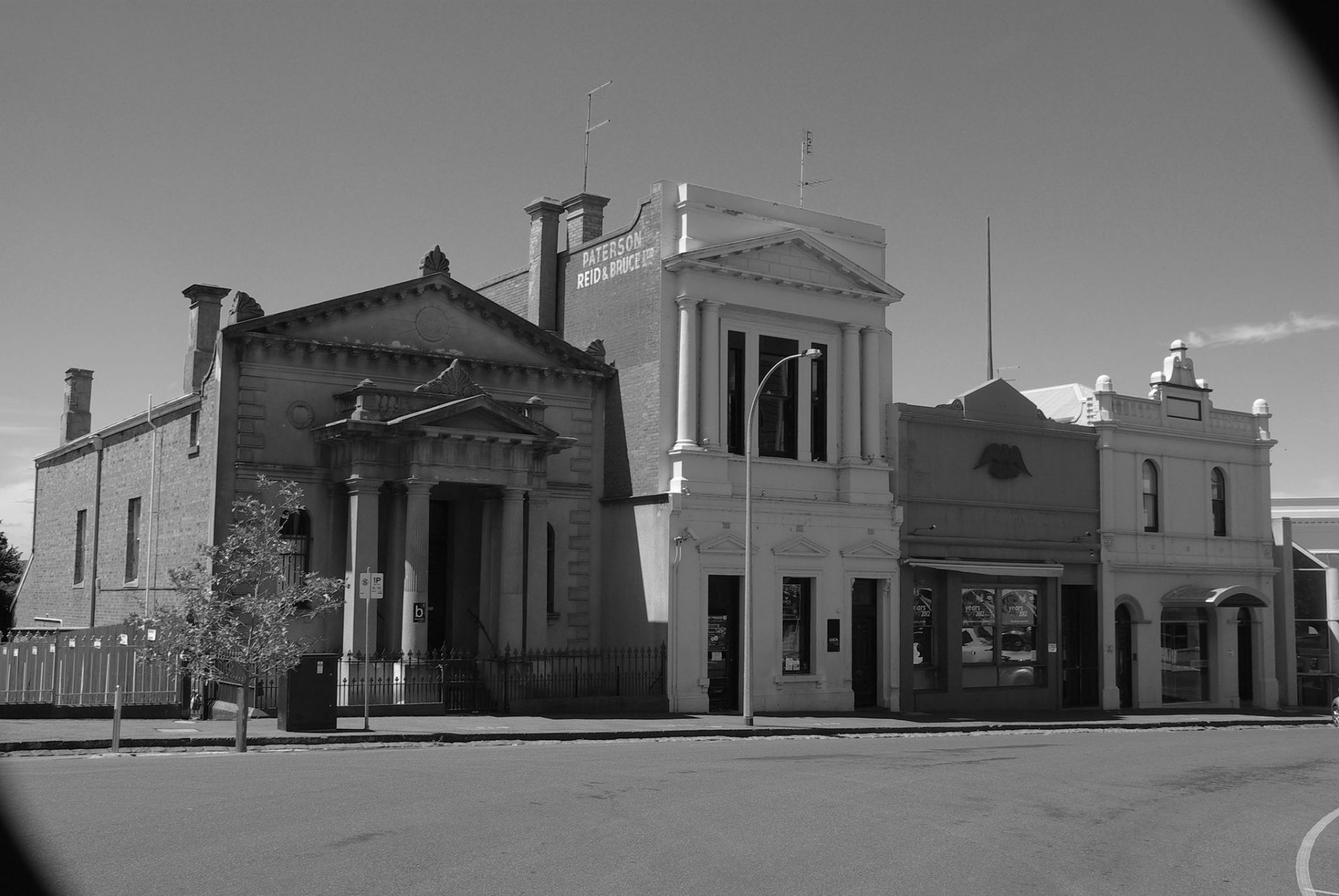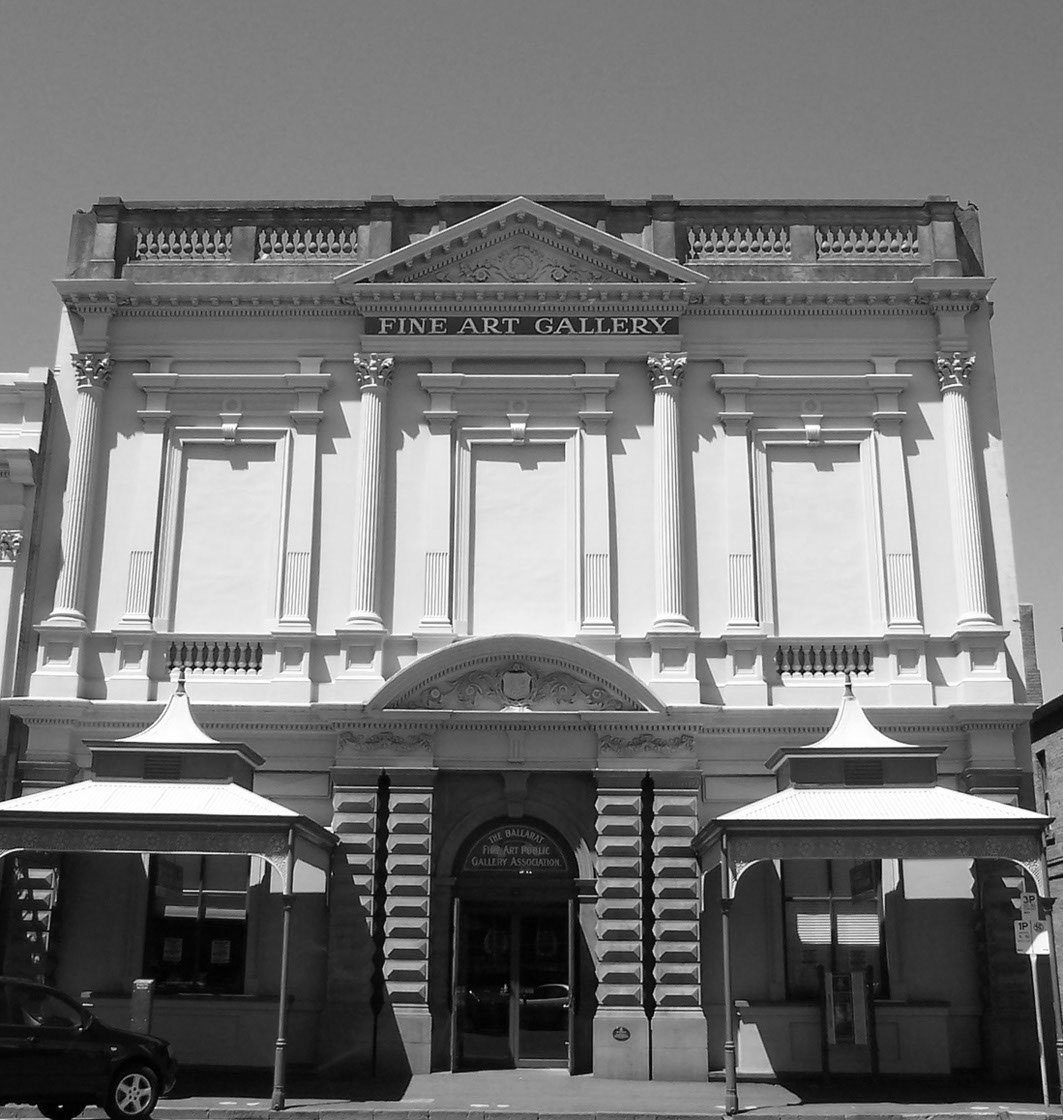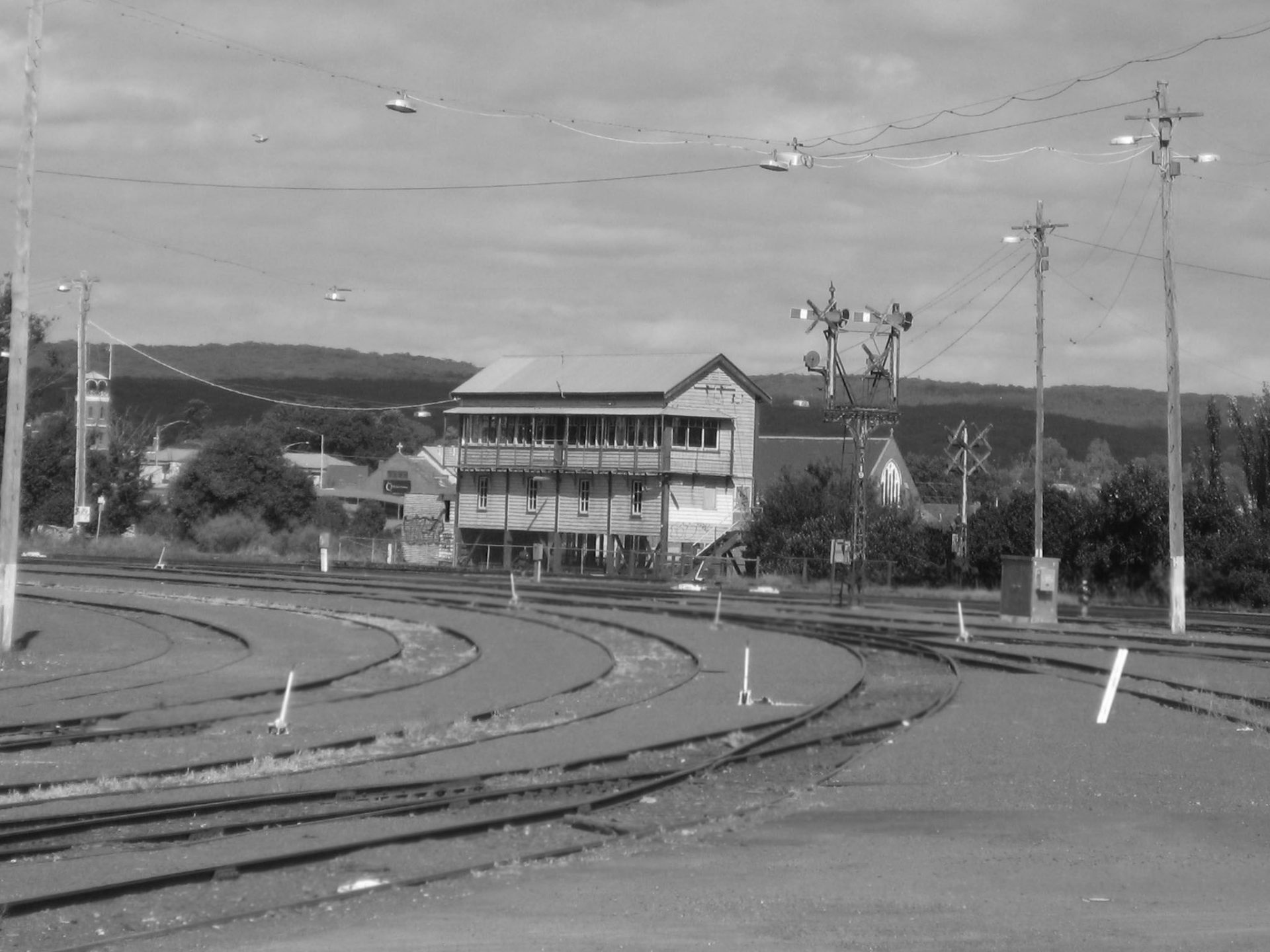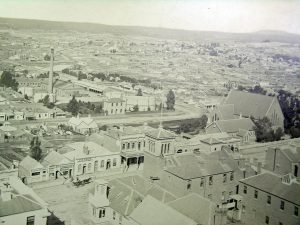Ballarat: A Genealogist’s Goldmine
Dorothy Wickham
Ballarat is an important town for many family historians
If you have ancestry in Australia before World War Two then there is a one in ten chance you had an ancestor on the Ballarat Goldfield. After the discovery of gold at Ballarat in August 1851 the population of Ballarat increased dramatically. It decreased as just as dramatically as gold diggers followed a ‘rush’ to another centre. Many returned when news of new discoveries at Ballarat and the surrounding diggings were announced. It was an exciting and exhilarating time.
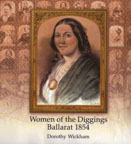 Some diggers made their fortunes, others had little luck and fell on hard times. By 1854 feelings on many Victoria goldfields were at boiling point. Government officials were ‘digger hunting’ or riding out to the diggings in the search of miners without a gold licence. Some miners did not even have the 30 shillings for a monthly gold license. In November 1854 the Ballarat Reform League was formed, with diggers burning their gold licenses on Bakery Hill during the Monster Meeting held on 29 November 1854. It was at this meeting that the Eureka Flag flew for the first time. If you think you had an ancestor associated with the Eureka affair try to locate them in books The Eureka Encyclopaedia or Women of the Diggings: Ballarat 1854. Alternatively search in the Eurekapedia Wiki [eurekapedia.org].
Some diggers made their fortunes, others had little luck and fell on hard times. By 1854 feelings on many Victoria goldfields were at boiling point. Government officials were ‘digger hunting’ or riding out to the diggings in the search of miners without a gold licence. Some miners did not even have the 30 shillings for a monthly gold license. In November 1854 the Ballarat Reform League was formed, with diggers burning their gold licenses on Bakery Hill during the Monster Meeting held on 29 November 1854. It was at this meeting that the Eureka Flag flew for the first time. If you think you had an ancestor associated with the Eureka affair try to locate them in books The Eureka Encyclopaedia or Women of the Diggings: Ballarat 1854. Alternatively search in the Eurekapedia Wiki [eurekapedia.org].
As alluvial gold became harder to find, miners dug shafts to great depths in search of the deep leads buried under ancient volcano flows. Deep lead mining required large amounts of money for equipment. This lead to the formation of mining companies owned by shareholders. Miners started working for a wage, and Ballarat became a more settled community. It is often said that Ballarat was ‘built on gold’. After tremendous growth, consolidation of the city took place through industry, agriculture, commerce, sports and the arts. By 1870, when William Withers wrote his famous History of Ballarat the streets of the two municipalities, Ballaarat and Ballarat East, where laid out with houses or businesses sitting side by side on the street line. History of Ballarat is an excellent book to give an idea of the times, and lists many names of residents. The fascimile edition of the book History of Ballarat & Some Ballarat Reminiscences includes Wither’s first edition written in 1870, as well as his later 1895-96 writings for the magazine Light. It contains 26 comprehensive appendices, which include a list of all first land owners, and many other details. This facsimile has a comprehensive index.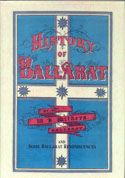
If you have tracked your ancestors to the Ballarat region it is worth noting that the Central Highlands Historical Association Inc. is the umbrella association for around fifty heritage organisations. These groups have interests as diverse as local history, family history and genealogy, the history of railways, trams, paddle steamers, astronomy, aviation and military matters. The CHHA was formed in 1985 and is an active and innovative organisation which assists by developing and maintaining resource and information networks among the member societies. It represents member societies to municipal, state and federal governments on matters of joint concern. A listing of the historical societies and repositories in the Ballarat district can be located in the research guide Family History Research on the Central Goldfields of Victoria. This is now also in an eBook available through BHSpublishing. The book also includes lists of records relating to Ballarat held at the Public Record Office of Victoria, Ballarat Archive Centre, and gives ideas on how to find Ballarat ancestors through court records, rate records, newspapers, education records, mining records and much more. Most libraries should have a copy of this book, or will purchase one if asked.
Organisations and museums in the central highlands of Victoria specialise in local regions. The Creswick Museum was bequeathed a collection of Lindsay paintings. It also has many other items of interest to anyone researching the Creswick area. The Clunes Museum has many archives, mining and agricultural tools, as well as memorabilia relating to Clunes, Victoria’s first gold town. The Ballarat Historical Society has a notable photographic collection, some of which is housed in the Gold Museum and some at the Ballarat Municipal Library. Cape Clear has a wonderful photographic collection, Woady Yaloak Historical Society is located in the Smythesdale courthouse and has a large amount of material pertaining particularly to the Smythesdale area.
The Ballarat Astronomical Society caters for group bookings. Tours of the observatory include relevant history with showings of century-old telescopes which are still in operation. The buildings have superb stained glass windows and the site has been listed by the Historic Buildings Council of Victoria. The Ballarat Engine and Machinery Preservation Society brings together people with a common interest in the preservation of old engines and machinery. The collections are privately owned by society members. If your ancestor was part of a machinery firm such as Preston and Kelly, this society may be able to help you with a wealth of information. The Phoenix Foundry was another large firm in the Ballarat area and a book on this foundry is has been researched and published.
The Ballarat Tramway Museum maintains and operates vintage trams on a section of the original Ballarat tramway system. It also operates a museum with accompanying archives and resource centre. The Blacksmith Cottage and Forge in Main Street, Bacchus Marsh is open every fourth Sunday of the month. The Bungaree Historical Society is located at the Old Bluestone School, Bungaree and one members has indexed the Bungaree court records. These courts recorded truancy as well as the misdemeanours such as the filing for maintenance. Bungaree also has a collection of agricultural implements. The Carisbrook Historical Society’s collection includes a large number of photographs and a range of school, cemetery and family history records. Lake Bolac and District Historical Society is involved in the preservation of social history in that district. Two rallies are conducted annually by the Lake Goldsmith Steam and Preservation Society and anyone interested in steam engines is encouraged to attend.
Ballarat Genealogical records don’t stop when mining activity decreased. Industry, education, health and agriculture filled the lives of many residents, and they have left their mark on local records. The Ballaarat Cemetery is well worth a visit. A touch screen of burials is available at the Ballaarat Old Cemetery. According to the work of Dorothy Wickham and Peter Butters in Silent City: The History of Ballarat’s Cemetery, there are more people buried in Ballarat than living in the town now. Many schools also have an archives which are a rich source for family historians.
Ballarat has an truly interesting history. The Australiana Room at the Ballarat branch of the Central Highlands Regional Library Corporation, and the Public Record Office of Victoria Ballarat Archive Centre are well worth a visit.
For those who want to gain an understanding of the conditions their ancestors lived in, a visit the Art Gallery of Ballarat where artworks depict the gold era and beyond, is a ‘must’. The Ballarat Mechanics’ Institute is listed by Heritage Victoria, and after a walk down the hallowed walls, it is obvious how important education of the working class was in Ballarat. It has many books and original records. Federation University in its Art and Historical Collection, holds many original records and photographs dating back to the 1870s when the School of Mines (SMB) was established. The Geoffrey Blainey Research Centre on the top floor at the Mt Helen Campus of the University also hold the records for the Ballarat Teachers’ College, as well as many other important items. Many of these can be viewed on Museum Australia (Victoria’s) website Victorian Collections or TROVE.
Ballarat is also a rich source of industrial heritage. Many foundries, mining companies, and other industries can be found in the region. Check out Ballarat Industrial Heritage wiki.
Garden heritage is another important part of this inland city and at one time Ballarat was noted for its begonias and botanical gardens. For the history pertaining to garden heritage Growing a Garden City by Michael Taffe is the book to read. The Horticultural Society history is covered well in this text with stories of people and the subsequent history of the growth of the city.
If you would like to comment or contribute on this article please email us. We would love to hear of your experiences when researching Ballarat Genealogies.
Further information on the books mentioned in this article can be found by clicking on or ‘Books’.
Happy searching!

